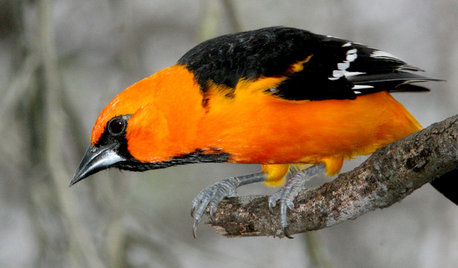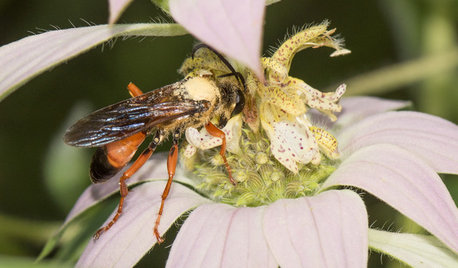Tropical Milkweed..overwintering
bandjzmom
13 years ago
Featured Answer
Sort by:Oldest
Comments (23)
MissSherry
13 years agolast modified: 9 years agoRelated Professionals
Quincy Landscape Architects & Landscape Designers · Taylorsville Landscape Architects & Landscape Designers · Barrington Landscape Contractors · Edinburg Landscape Contractors · Hoover Landscape Contractors · Ridgewood Landscape Contractors · Wayland Landscape Contractors · Hueytown Landscape Contractors · Fountain Hills Fence Contractors · Marana Fence Contractors · Newington Fence Contractors · Pekin Fence Contractors · Peoria Fence Contractors · Columbia Window Contractors · Wilmington Window ContractorsMichelle Reynolds
13 years agolast modified: 9 years agobandjzmom
13 years agolast modified: 9 years agocaterwallin
13 years agolast modified: 9 years agobandjzmom
13 years agolast modified: 9 years agocaterwallin
13 years agolast modified: 9 years agobandjzmom
13 years agolast modified: 9 years agocaterwallin
13 years agolast modified: 9 years agomickapoo
12 years agolast modified: 9 years agocaterwallin
12 years agolast modified: 9 years agocaterwallin
12 years agolast modified: 9 years agotracydr
12 years agolast modified: 9 years agoCarl Carnahan
8 years agocaterwallin
8 years agoCarl Carnahan
8 years agoagardenstateof_mind
8 years agokaboehm (zone 9a, TX USA)
8 years agodocmom_gw
8 years agoTony G
8 years agoCarl Carnahan
8 years agoTony G
8 years agolast modified: 8 years agocaterwallin
8 years ago
Related Stories

FLOWERS AND PLANTSHelp Monarchs and Other Butterflies by Planting Common Milkweed
Summer-blooming Asclepias syriaca is an important larval host plant for the monarch butterfly and attracts a number of pollinating insects
Full Story
GARDENING GUIDESGreat Design Plant: Milkweed
Quit cringing. This not-weed plant is a sight to behold in the garden, has a delicious vanilla scent and is a magnet for butterflies
Full Story
GARDENING GUIDESBackyard Birds: Orioles Return After Spending Winter in the Tropics
These colorful songbirds prefer woodlands and forest edges, but they’ll visit yards with fruit-producing trees and shrubs
Full Story
GARDENING AND LANDSCAPINGLay of the Landscape: Tropical Garden Style
Create a vacation paradise in your backyard even if temperatures sometimes dip with these guidelines for tropical-style gardens
Full Story
LANDSCAPE DESIGNRecipe for Tropical Edible Garden Style
Appeal to exotic good taste with fruit trees, palms and tropical look-alikes in your temperate-climate garden
Full Story
GARDENING GUIDESGreat Design Plant: Asclepias Incarnata for a Butterfly Garden
Beautiful swamp milkweed makes it easy to help monarchs and other pollinators in eastern U.S. gardens
Full Story
CALIFORNIA NATIVE PLANTSGreat Design Plant: Asclepias Is Attractive to Monarch Butterflies
Increase monarch butterfly populations in California by planting stunning native milkweeds
Full Story
GARDENING FOR BUTTERFLIESBring on the Birds: Natural Habitat Ideas for Gardens of All Sizes
Provide nesting, watering and perching spots inspired by the Costa Rican jungle and watch the birds flock on over
Full Story
GARDENING GUIDES6 Plants That Beat Butterfly Bush for the Wildlife Draw
It's invasive, a nonnative and a poor insect magnet. Check out these better alternatives to butterfly bush in the garden
Full Story
GARDENING GUIDESGreat Golden Digger Wasp: A Beneficial Flower-Visiting Insect
Introducing the great golden digger wasp, a colorful pollinator that also hunts foliage-eating insects
Full StoryMore Discussions








Tony G